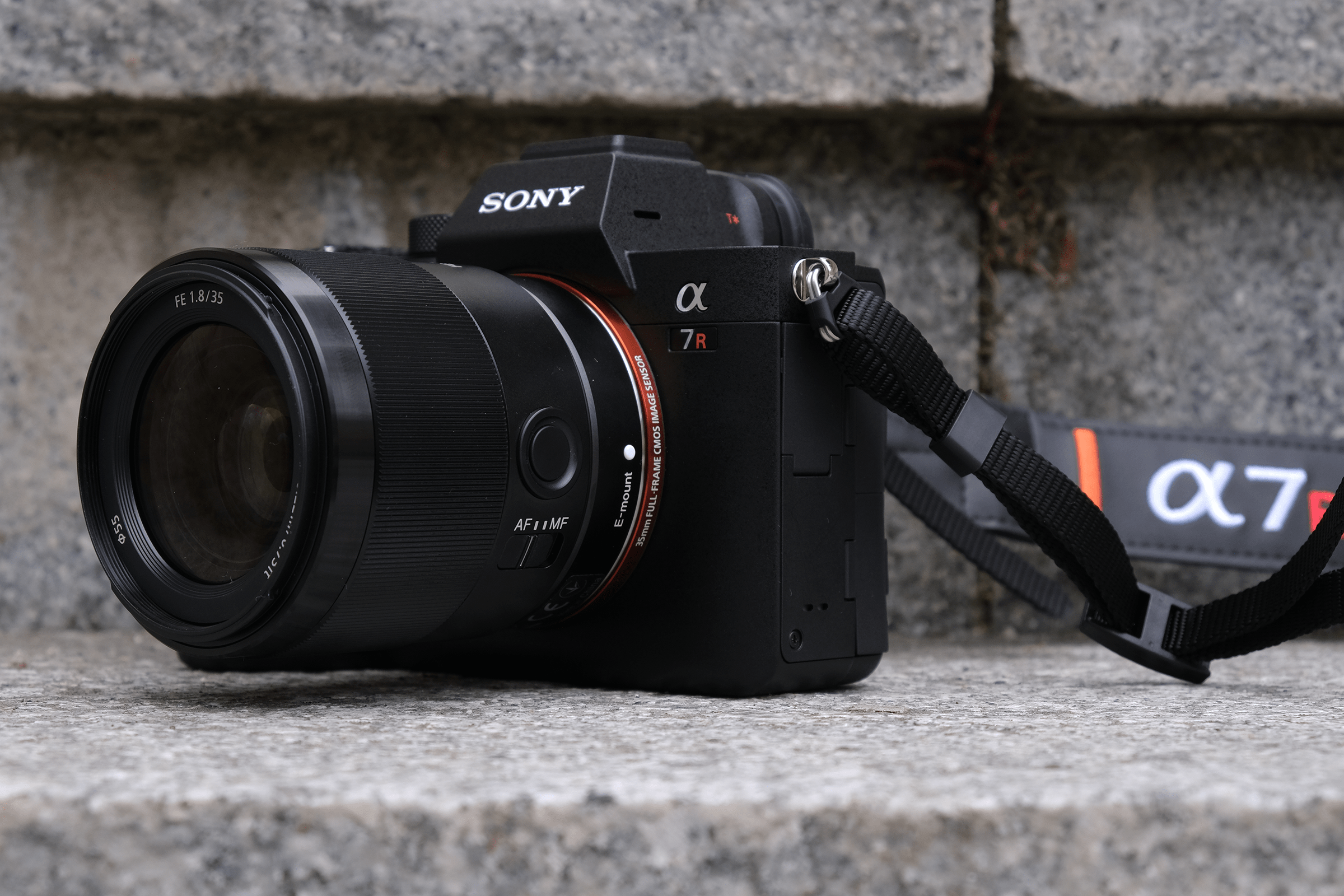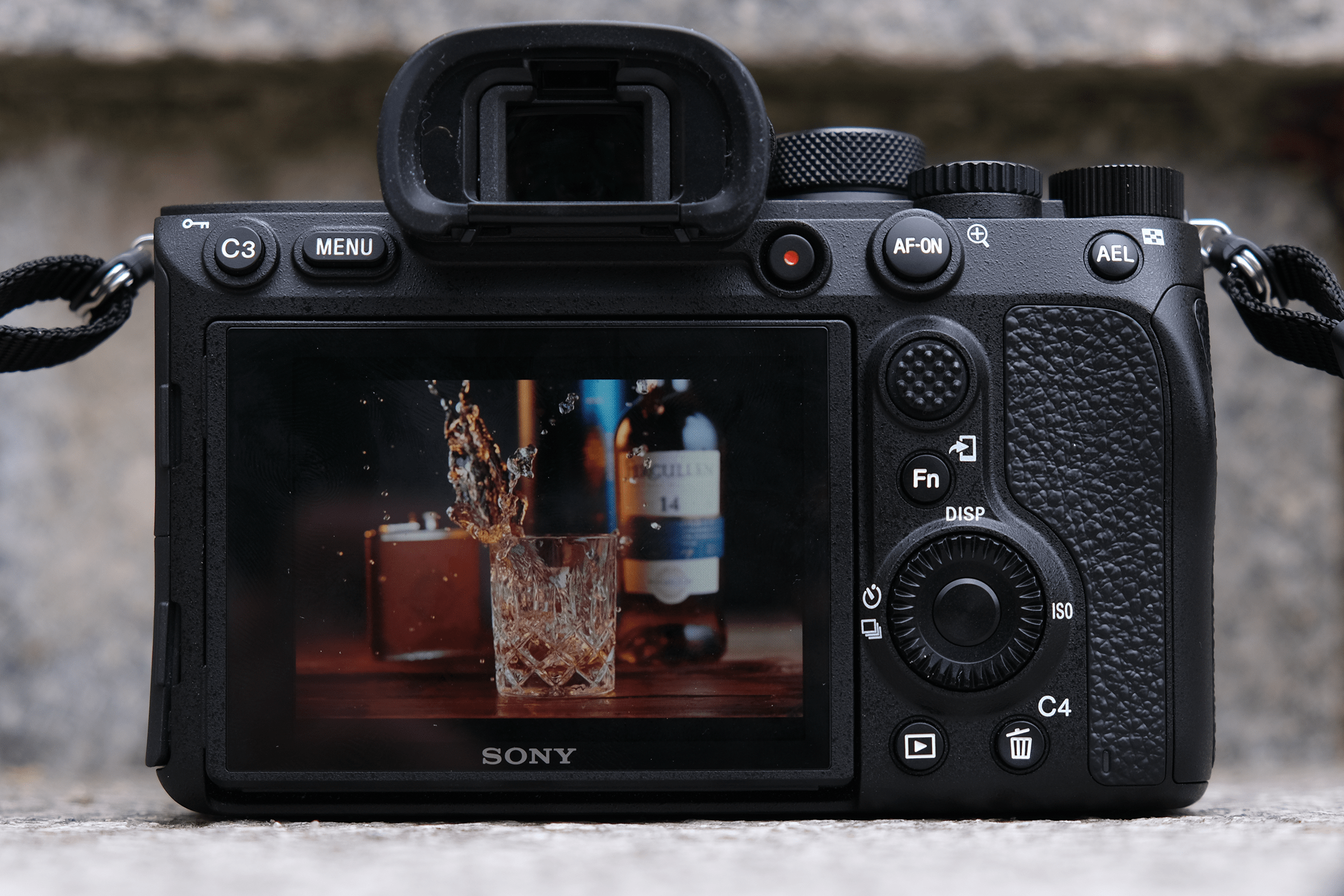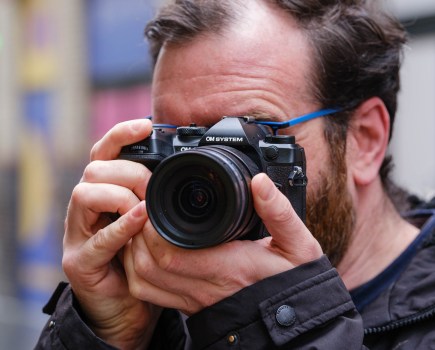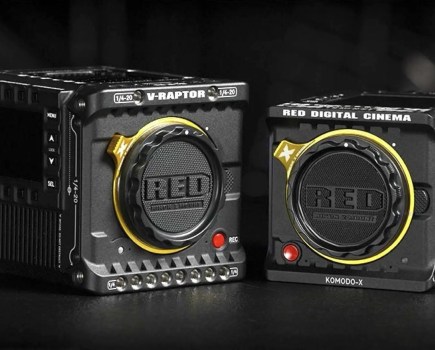As you can see from Mike Topham’s in-depth hands-on first look, while the new camera inherits some features from its predecessor, the Alpha 7R III, such as 5-axis sensor stabilisation with 5.5 stops of exposure compensation, 10fps continuous shooting with AE/AF tracking, and 4K video up to 30p and 100Mbps, there are some important differences. See below for some of the headline changes.

* 61Mp: the size of the new camera’s back-side illuminated CMOS sensor. This is a major jump from the 42.4Mp chip that came with the Alpha 7R III, and makes it the highest resolution of any full-frame mirrorless camera.
* 567: the number of on-sensor phase detection points on the new sensor. These cover 74% of the sensor width, delivering depth-aware focus across a large proportion of the chip. In comparison, the Alpha 7R III has 399 points across only 68% of the sensor area. Both cameras offer 425 contrast detection points, however, as well as phase detection.

* 32000: the maximum native ISO sensitivity, which can be expanded up to 1024,00 and down to 50. This is the same as the Alpha 7R III, but this is actually an impressive light-sensitivity achievement given the much higher megapixel count on the new camera.
* 26.2Mp: the resolution available in APS-C crop mode (as opposed to shooting in uncropped full-frame mode by default). This is still a very respectable number, and compares well to 18Mp on the Alpha 7R III and 24Mp on the Alpha 6400. You can also take advantage of 325 phase detection points in crop mode, which is good news for sports and wildlife photographers in particular (even more so as you also get a faster burst mode in APS-C mode).

* 5.76 million. The number of dots on the Alpha 7R IV’s electronic viewfinder, compared to the 3.6 million dot panel on the Alpha 7R III.
* 665g: the weight of the new camera with batteries, a slight increase compared to the Alpha 7R III’s 657g. The dimensions are of the Alpha 7R IV are 129 x 96 x 78mm, compared to 126 x 95 x 73mm)








